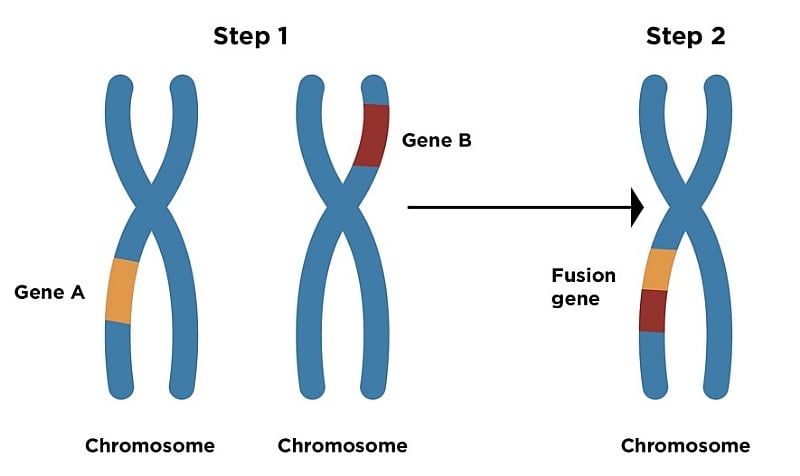Soft tissue sarcomas, a rare group of cancers affecting the body’s connective tissues (muscles, fat, blood vessels, nerves, and fibrous tissues), pose a diagnostic challenge due to their often silent and insidious growth. Although they can develop anywhere, these tumors predominantly arise in the limbs, particularly the thighs. Their tendency to remain asymptomatic until reaching a considerable size frequently leads to delayed diagnosis, hindering timely intervention and potentially compromising treatment outcomes. Understanding the diverse nature of these sarcomas is crucial for both patients and healthcare professionals, promoting vigilant observation and appropriate referral pathways.
The complexity of soft tissue sarcomas stems from their remarkable heterogeneity, with over fifty distinct subtypes, each exhibiting unique biological behavior and responsiveness to therapy. Representing less than one percent of adult malignancies, these rare tumors often evade early detection, growing slowly and deep within the body. This insidious growth pattern contributes to the absence of systemic symptoms in early stages, with the initial manifestation often being a painless, slowly enlarging lump. The innocuous appearance of these masses can lead to misdiagnosis as benign swellings, cysts, or fatty deposits, delaying crucial medical attention. Therefore, any persistent or enlarging mass, particularly those exceeding five centimeters or causing discomfort, warrants immediate evaluation with appropriate imaging and specialist consultation. Prompt and thorough investigation is paramount to ensure accurate diagnosis and facilitate timely intervention.
Early diagnosis is the cornerstone of effective soft tissue sarcoma management. The diagnostic process typically begins with a comprehensive clinical examination followed by advanced imaging techniques, such as MRI, to delineate the tumor’s characteristics. A biopsy, preferably a core needle biopsy, is essential to confirm the diagnosis and provide critical information about the tumor’s subtype and grade, guiding subsequent treatment decisions. A multidisciplinary approach involving oncologists, radiologists, and pathologists is vital for accurate staging and comprehensive treatment planning. This collaborative expertise ensures that all aspects of the disease are considered, optimizing the chances of successful management.
Staging investigations typically involve chest imaging, often CT scans, to assess for lung metastases, the most common site of sarcoma spread. In select cases, PET-CT scans may be employed to evaluate the tumor’s metabolic activity and distribution, providing further insights into the disease extent. Accurate staging is essential for tailoring treatment strategies and predicting prognosis. The collective information gathered from these diagnostic procedures informs treatment decisions and enables personalized approaches to care.
Surgical resection remains the primary treatment modality for soft tissue sarcomas, aiming for complete tumor removal with clear margins while preserving limb function whenever possible. Advances in limb-sparing surgical techniques have significantly reduced the need for amputation, improving patients’ quality of life. Adjuvant therapies, such as radiation and chemotherapy, may be incorporated into the treatment plan depending on factors like tumor size, grade, and extent of local involvement. Radiation therapy, delivered either before or after surgery, reduces the risk of local recurrence, while chemotherapy is typically reserved for high-grade or metastatic tumors. The specific chemotherapeutic regimen is carefully selected based on the histological subtype, ensuring targeted and effective treatment. Furthermore, ongoing research into novel systemic therapies and targeted approaches offers promising avenues for managing refractory or recurrent cases, expanding treatment options and improving outcomes.
Long-term monitoring and comprehensive survivorship care are crucial aspects of soft tissue sarcoma management. Regular follow-up, including periodic scans of the original tumor site and lungs, is essential to detect potential recurrence or delayed metastasis. Beyond physical healing, rehabilitation plays a vital role in restoring functional capacity, enhancing quality of life, and addressing the emotional impact of the disease. A comprehensive rehabilitation program incorporating physiotherapy, occupational therapy, and psychological support empowers patients to regain strength, adapt to post-treatment challenges, and navigate the emotional complexities of cancer survivorship.
Raising awareness about soft tissue sarcomas among both the public and healthcare providers is paramount to combating delayed diagnosis. Educating the public about the importance of seeking medical evaluation for persistent or enlarging lumps can facilitate early referrals and improve treatment outcomes. Simultaneously, enhancing awareness among healthcare professionals, particularly primary care physicians, encourages a higher index of suspicion when assessing soft tissue masses. Prompt referral to specialized centers equipped with multidisciplinary teams enhances diagnostic accuracy and ensures optimal treatment planning. This collaborative approach, coupled with increased public awareness, contributes to earlier diagnosis and improved prognosis.
Soft tissue sarcomas represent a diverse and complex group of rare tumors characterized by their often subtle presentation and potential for delayed diagnosis. Early detection relies heavily on astute clinical judgment and a comprehensive diagnostic approach. Collaborative care within a multidisciplinary setting provides patients with access to specialized expertise, optimizing treatment outcomes and preserving limb function. Raising awareness among both the public and healthcare professionals is essential for reducing diagnostic delays and improving survival rates. By emphasizing the importance of prompt evaluation for any unusual soft tissue mass, we can empower individuals to seek timely medical attention, potentially altering the course of their disease and improving their chances of a positive outcome.














